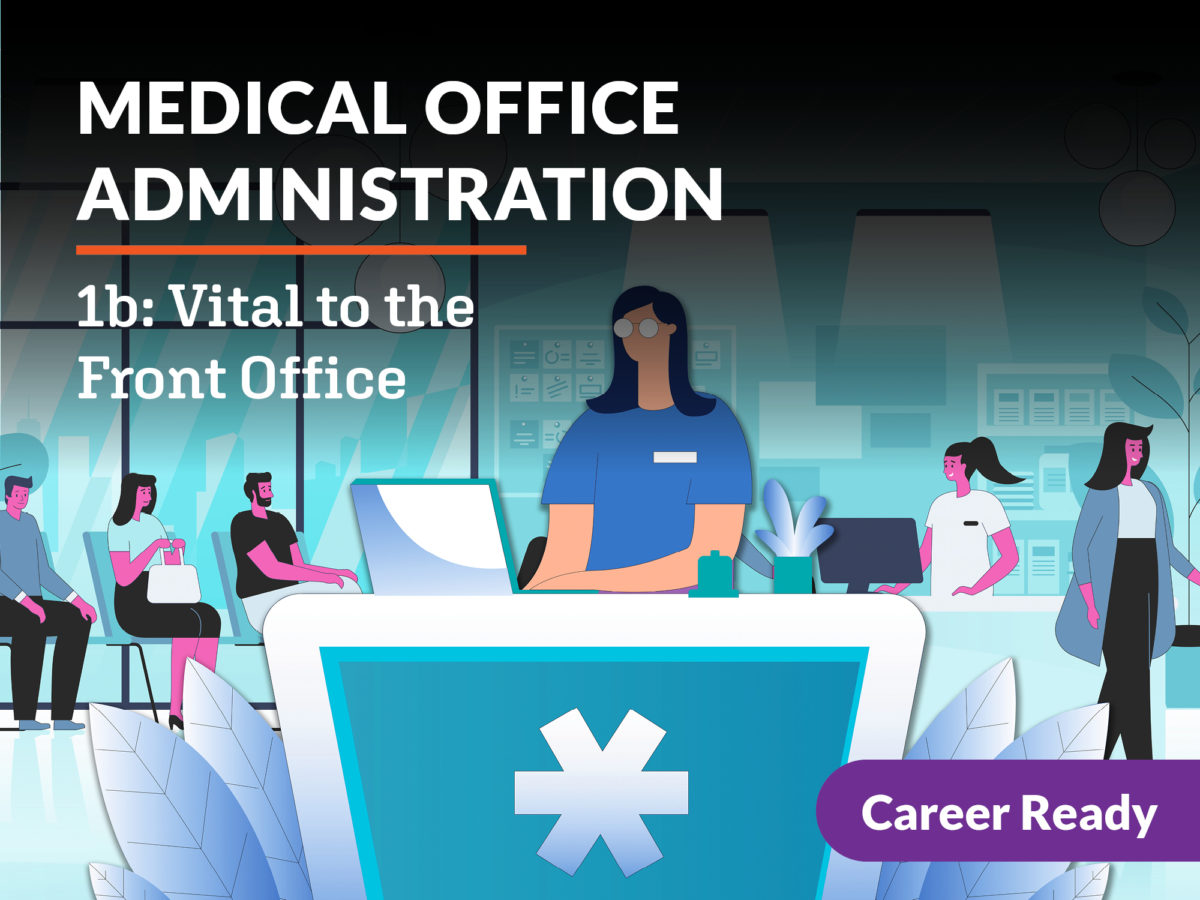Best Practices in Medical Management for Improving Efficiency and Reducing Costs
In the ever-evolving landscape of health care, the pursuit of best methods in clinical management is vital for enhancing performance and suppressing costs. By integrating sophisticated innovations such as digital wellness documents and telemedicine, healthcare providers can improve operations and improve client treatment.
Leveraging Advanced Modern Technology
The integration of digital services into health care systems has transformed the way centers run, streamlining processes and boosting person treatment. By systematizing patient details, EHRs remove the requirement for cumbersome documents and help with seamless communication amongst health care suppliers.
Telemedicine is an additional technological innovation that has actually reinvented person communication. It uses benefit for both individuals and healthcare experts by enabling remote consultations, which can lower the requirement for in-person visits and maximize appointment organizing. Additionally, telehealth systems can extend health care access to country or underserved areas, linking gaps in treatment delivery.
Moreover, using Expert system (AI) and artificial intelligence is becoming progressively widespread in predictive analytics, permitting very early discovery of possible health and wellness concerns and more informed decision-making. These technologies, when integrated properly, can improve diagnostic precision and individualize client therapy strategies, inevitably resulting in improved medical care end results and operational effectiveness.
Optimizing Source Appropriation
By strategically managing resources such as employees, tools, and funds, health care facilities can considerably enhance their functional efficiency, enhance client outcomes, and reduce unneeded expenditures. The first action in maximizing resource allotment involves carrying out a detailed assessment of existing possessions and determining areas where sources may be underutilized or overextended.
Focusing on resource appropriation based on individual requirements and service demands is essential. Carrying out versatile staffing models can additionally optimize labor resources by readjusting personnel allotment in action to fluctuating client quantities.
Funds ought to be thoroughly monitored and assigned with critical insight to support both short-term operational requirements and long-lasting institutional objectives. This consists of investing in training programs that enhance staff expertises and adopting energy-efficient methods that minimize functional expenses (medical administration). Inevitably, a maximized source allocation technique promotes a sustainable health care atmosphere that is responsive, effective, and economically prudent
Streamlining Process Processes
When health care facilities objective to enhance operational effectiveness, improving process processes becomes a critical focus. Efficient operations decrease redundancy, remove unneeded actions, and improve sychronisation among healthcare professionals. This approach not just increases solution shipment however likewise enhances the quality of patient treatment.

Next, innovation integration plays a considerable role in enhancing workflows. Carrying out digital health documents (EHRs) and digital doctor order access (CPOE) systems reduces documents, decreases human error, and makes sure information is easily accessible to all pertinent personnel. Furthermore, leveraging telemedicine systems can streamline advice client appointments and follow-ups, reducing the strain on physical infrastructure.

Inevitably, structured operations bring about set you back decreases and boosted individual contentment, cultivating an extra lasting health care atmosphere.
Enhancing Data Management
Building upon streamlined workflows, maximizing information administration ends up being an important component in advancing medical care management. Effective data management systems are essential for maintaining exact individual records, improving decision-making, and ensuring conformity with governing requirements. By executing robust information monitoring services, healthcare centers can improve the high quality of client care while at the same time reducing functional expenses.
One key facet of improving data monitoring is the combination of advanced digital health and wellness record (EHR) systems. These click over here systems facilitate the smooth exchange of client details across various departments, reducing replication of tests and lessening errors. A properly designed EHR system supports information analytics, enabling doctor to identify patterns and make educated decisions pertaining to client treatment.
Moreover, securing patient data is extremely important. Adopting detailed cybersecurity measures, including security and routine audits, makes certain the stability and discretion of sensitive details. This not just shields clients however additionally maintains the organization's online reputation.
Investing in personnel training is an additional critical element. Informing medical care professionals on data administration methods boosts their capacity to effectively use innovation, bring about boosted patient outcomes. Finally, improving data monitoring via innovative technology and detailed training is essential for achieving efficiency and price decrease in medical management.
Fostering Collaborative Interaction
A vital part beforehand medical management is promoting collective communication among healthcare professionals. Reliable interaction is paramount for ensuring smooth patient treatment, maximizing therapy results, and reducing errors. By encouraging open dialogue and coordination across multidisciplinary groups, health care organizations can enhance their functional performance and minimize unnecessary costs.
Central to this strategy is the assimilation of communication technologies such as digital health and wellness records (EHRs) and secure messaging systems, which assist in the rapid exchange of crucial person info. These tools make it possible for health care companies to access and share information in genuine time, ensuring that all staff member are educated and lined up in their decision-making processes. Normal team conferences internet and interdisciplinary rounds can even more advertise a culture of cooperation and accountability.
Educating programs focused on boosting communication abilities are also vital. These programs can help personnel develop the capability to share info plainly and listen actively, hence reducing misconceptions and fostering a helpful job atmosphere. On top of that, adopting standardized interaction protocols, such as SBAR (Circumstance, History, Assessment, Suggestion), can streamline the exchange of info, ensuring that important details are shared succinctly and successfully. Eventually, cultivating collective communication causes boosted healthcare shipment and expense financial savings (medical administration).

Verdict
Incorporating sophisticated modern technology, such as electronic health and wellness records and telemedicine, together with maximized source allocation and streamlined workflow processes, is vital for enhancing efficiency in medical administration. Efficient data monitoring and promoting collective communication among health care groups are crucial for reducing redundancies and enhancing care quality. By prioritizing preventive treatment and taking part in high quality improvement efforts, health care companies can attain considerable expense savings and boosted patient outcomes, therefore ensuring lasting health care delivery in a significantly complex setting.